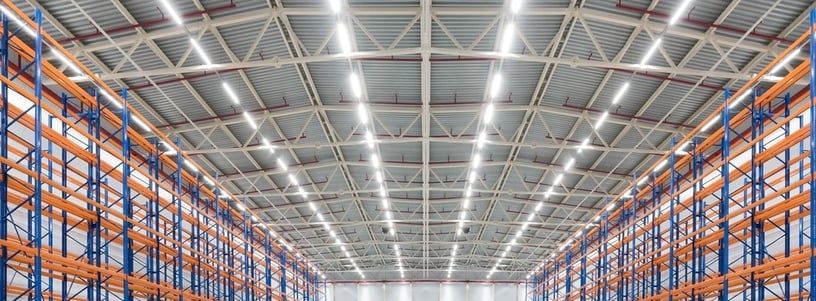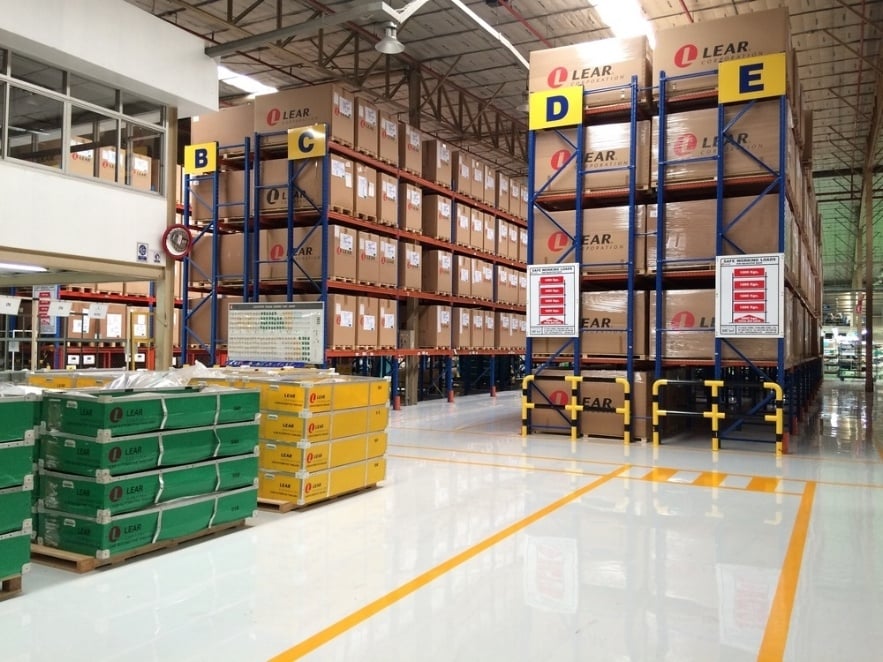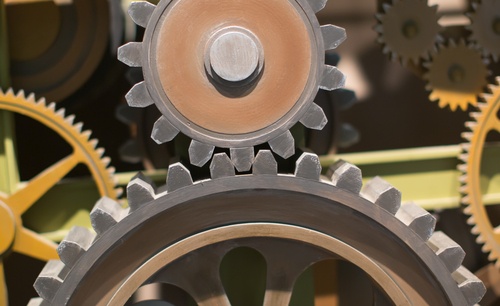Developing a scalable, high-efficiency site is your bread and butter. And you work with your team on a daily basis to solve the big problems facing each facility. All in the hopes of what? You guessed it: lowering downtime and increasing profitability.
But then why does each facility tend to feel more like a cost center, rather than a source of value driving the bottom line? Often, it's due to unexpected money sinks that occur even in today’s state-of-the-art facilities, sinks that are quite possibly causing profit loss at yours.

Common Ways Profit Loss Occurs and How You Can Avoid It
1. Energy
The average facility spends far more on electricity and heating than expected. Whether you’re building a new warehouse or maintaining an existing facility, there are several energy conservation technologies you can leverage to lower that rising energy bill by an average of 20 to 50 percent!
When developing a new facility, consider skylights as a cost-effective interior lighting solution. Skylights provide more distributed light throughout your facility and sensors can even be used to adjust the electric lighting based on the current amount of daylight. Skylights can also reduce the need for heating and cooling throughout the facility, saving you even more dollars in the future.
Speaking of lighting, 41 percent of the energy cost for an average facility can be attributed to electric lights. If you haven’t made the switch from high-intensity discharge lighting (HID) to LED technology in your facility, now is the time. LED lights use just a fraction of the energy, last a whole lot longer and require far less maintenance.
But let’s say you’ve designed each facility with the latest in sustainable, energy-efficient technology. And no doubt you have — the efficiencies alone make it a no brainer. There are still costs that can be indirectly tied to energy that are often overlooked. If the facility is too hot or cold, or too dark or bright, employees can lose the ability to clearly focus on the task at hand and productivity can start to suffer. Remember, each facility needs to be efficient not only for the products and equipment that move throughout it, but for employees as well.
2. Lack of Communication
Even well-defined maintenance priority levels can do little to prevent the cost of downtime if the separate teams in your facility are not properly communicating with each other. If your operations team expects the maintenance guys to be on top of every potential breakdown, but the maintenance team is waiting to receive a ticket before acting, it’s easy to see how certain repairs can be caught in limbo and possibly forgotten altogether. Proper communication around a facility repair process can turn neglected maintenance costs from an unexpected money sink to a source of value for the bottom line.
3. Expansion
As your business grows, there will come a point when you have to determine if your facility can sustain its current level of activity. Overcrowding, the inability to handle additional loads, or employees having to create inefficient workaround processes are all clear indicators it’s time to expand. If you’re not prepared when that time comes, possible expansion efforts can easily turn into a money sink.
It’s likely your process map will change as you expand and the flow of your facility can dramatically change. If core-drilled bollards or other damage prevention products need to be removed, costs can easily start to spiral out of control. Material handling equipment that can be easily installed and relocated in the event of expansion will keep your options open and costs low. Our damage prevention products not only protect what’s important — your people, equipment and facility — but will grow along with you.




